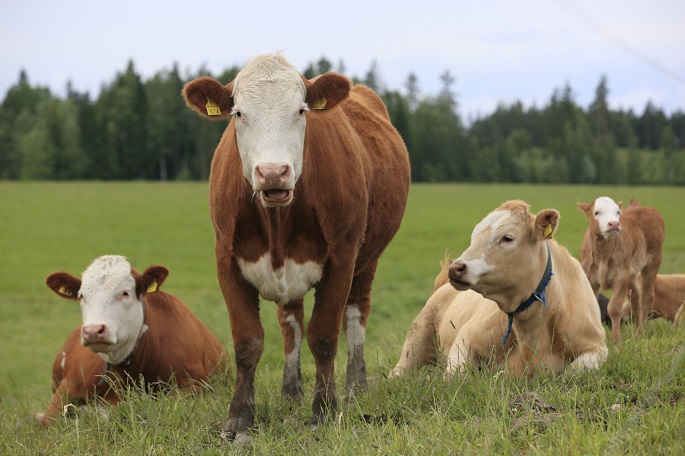Majority of farmers have vocational degree
Published : 22 Apr 2018, 00:29
Updated : 22 Apr 2018, 22:28
More than 80 per cent farmers of the country have a vocational degree, according to the Natural Resources Institute Finland (Luke).
Some 45 per cent of all farmers have a degree in agriculture. Pig farmers are the most highly educated, as more than 90 per cent of them have a vocational degree, said an official press release.
“We have previously collected information about the agricultural education of farmers. This time, we were able to use the educational register of Statistics Finland, without needing to request information in conjunction with the Farm Structure Survey. At the same time, we had access to more comprehensive information about the education of farmers,” said Luke Senior Statistician Jaana Kyyrä.
Some 30 per cent of the people responsible for farm management in 2016 completed vocational training related to farm operations, with pig farmers attending the highest level of training.
In winter 2016-2017, in conjunction with the collection of data for the Farm Structure Survey, agricultural and horticultural companies were asked to describe their use of labour force.
In 2016, agriculture and horticulture employed approximately 118,000 people in Finland. Of them, 47,200 were farmers or shareholders of a corporate group. Some 34,300 of all agricultural and horticultural employees were family members of farmers. Farms had approximately 4,200 permanent and nearly 32,600 short-term employees. These figures were specified slightly upwards from the preliminary data published in autumn 2017.
Less than 60 per cent of the farmers and shareholders of corporate groups worked as full-time farmers. This figure has not changed since 2013, when the previous statistics regarding the agricultural and horticultural labour force were issued.
Even though the majority of agricultural and horticultural employees worked on farms with cereal production as the primary production line, the highest workload was in dairy cattle farms. Cereal production farms employed roughly 31,000 employees and dairy cattle farms nearly 18,000. The workload of dairy cattle farms equalled approximately 22,000 person-years and that of cereal production farms equalled more than 10,000 person-years. One person-year equals 1,800 hours.
“On dairy cattle farms, farmers and shareholders of corporate groups produce a high workload. During the year, their workload equalled 1.6 person-years on average. Instead, the workload of family members and permanent employees equalled roughly one person-year,” said Kyyrä.


